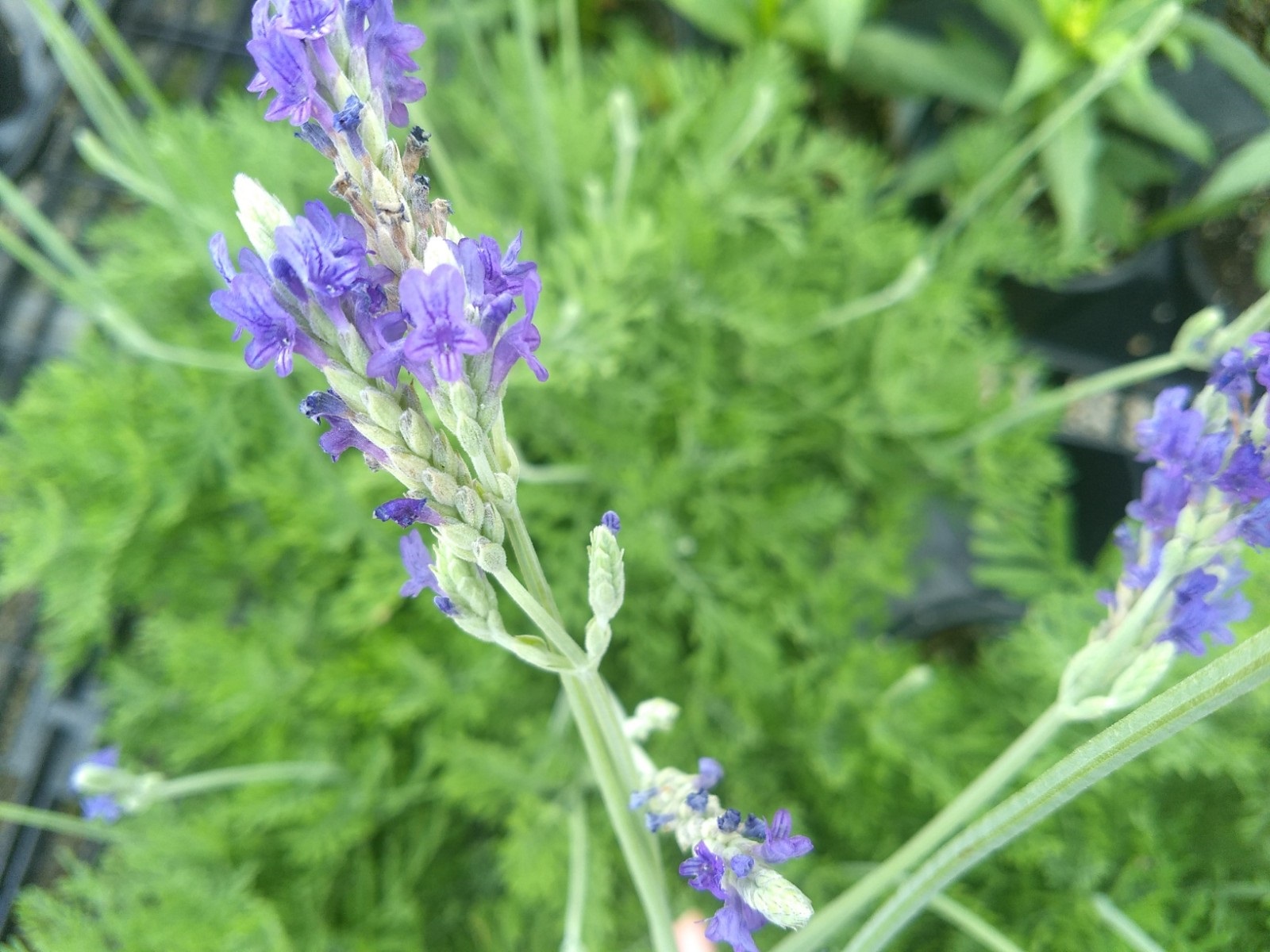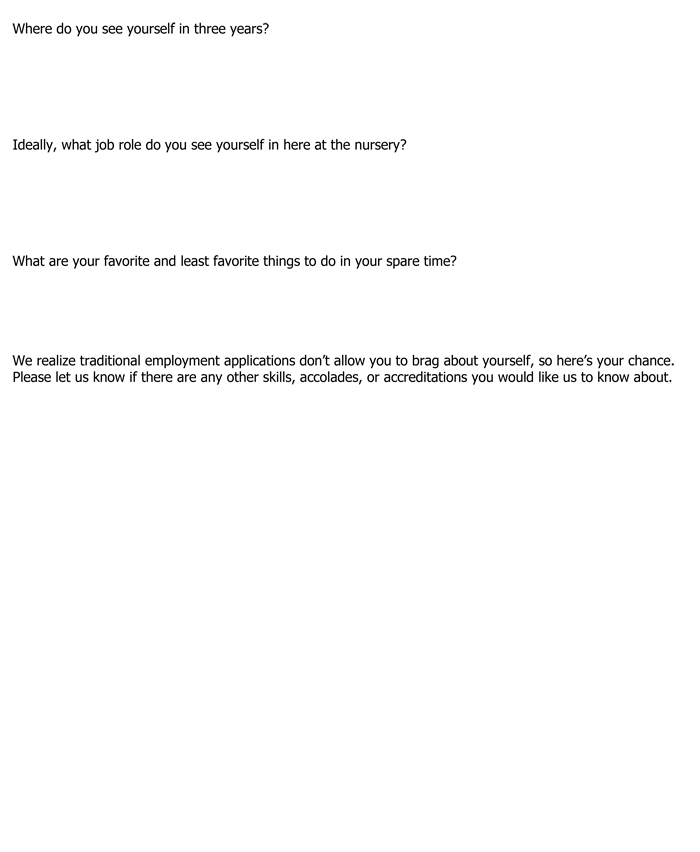
Plant with Gulf Muhly and Mexican Bush Sage for a fall show! Zone 8 May have light bloom in spring but main flowering time is fall.
#Backbone nursery skin
Herbaceous perennial Oils from plant may cause skin irritation in hot weather. Spray with repellent when first planted until you learn of the deer pressure Zone 7 May be sheared to keep smaller or to shape. Zone 8Ĭotoneaster, Grayleaf Cotoneaster glaucophylla (pronounced coh-TOE-nee-as-ter) Although it dies to the ground in Zone 8 it comes back reliably each year.

This native Coral Bean sends up tall spiky flower stalks in late spring, followed by thorny branches. Red “fireman’s cap” flowers all summer long. Will return from roots.įragrant mounding perennial with blue blooms. Photo courtesy of Mountain States Wholesale NurseryĮvergreen most winters. Use with other drought resistant plants in well drained soil. Protect in extreme cold.ĭrought resistant plant that adds texture to the landscape. Zone 8Ĭandelillia/Wax Plant Euphorbia antisyphiliticaĮvergreen most winters. Yellow flowers in the summer are followed by light brown seed pods that resemble butterflies. May lose leaves or die back in severe cold in Zone 8. Zone 4īutterfly Vine, yellow Mascagnia macropteraġ0′-12′ vine, may be invasive with runners on the groundĮvergreen most winters. Available in many different mature sizes. This is the only Bottlebrush that is reliable winter-hardy in Zone 8. Red bottlebrush-shaped flowers appear spring through frost. Zone 4īottlebrush, Woodlander’s Hardy Callistemon sp. Leaves are green, red or orange, depending on variety. Plant has thorns and sometimes red berries. Spray with repellent when first planted if deer pressure is high. After 3-5 years, if it is very woody you can do a “rejuvenative pruning” in late winter, cutting back to 6″.

Prune after bloom in the summer, can make a severe prune in late Feb/early March. Sun/Part Sun, requires at least 6 hours of direct sun Remove older brown leaves in late February to early March. May be cut back in late February to early March. Silvery foliage gives good contrast in the landscape. Zone 8Īrtemesia Powis Castle Artemesia x ‘Powis Castle’Įvergreen to partly evergreen. Double flowered varieties are less winter-hardy. White flowers appear from spring to frost.

All parts are toxic to humans and animals. Requires well drained organic soil and regular irrigation. Protect when young, as deer may pull it up to try it and drop it elsewhere. Will come back from roots.īlue flowers appear in the spring. Zones vary by varietyĮvergreen to herbaceous perennial. Bucks (deer) may damage plants during the rut with their antlers. Main plant dies after bloom but offsets may be replanted. May be shaped lightly in the early spring. Plant tags and labels are not reliable in all areas in regard to deer resistance. Again, look for what is working in your area and go from there. (Free pruning!) Others may only have the flowers eaten, as in Red Yucca. Some plants are “deer tolerant”, meaning that they may be browsed on the new growth but not completely eaten. Deer will sample anything new, and at certain times of the year or in a drought situation, NOTHING is reliable. We recommend spraying ALL new plants, whether they are “deer resistant” or not, with Deer Out repellant twice a week for about three weeks after planting. Of course, there are NO GUARANTEES! Every location has its own “deer pressure” and the best way to see what works in your area is to observe what plants are not being eaten! Utility infrastructure will be connected to existing buildings or terminated for connection to future buildings and facilities.Welcome to our Deer Resistant plant list for Central Texas.

Phase one project includes the construction of the main utility infrastructure (backbone) and site work throughout the existing 20-acre historical park site.


 0 kommentar(er)
0 kommentar(er)
